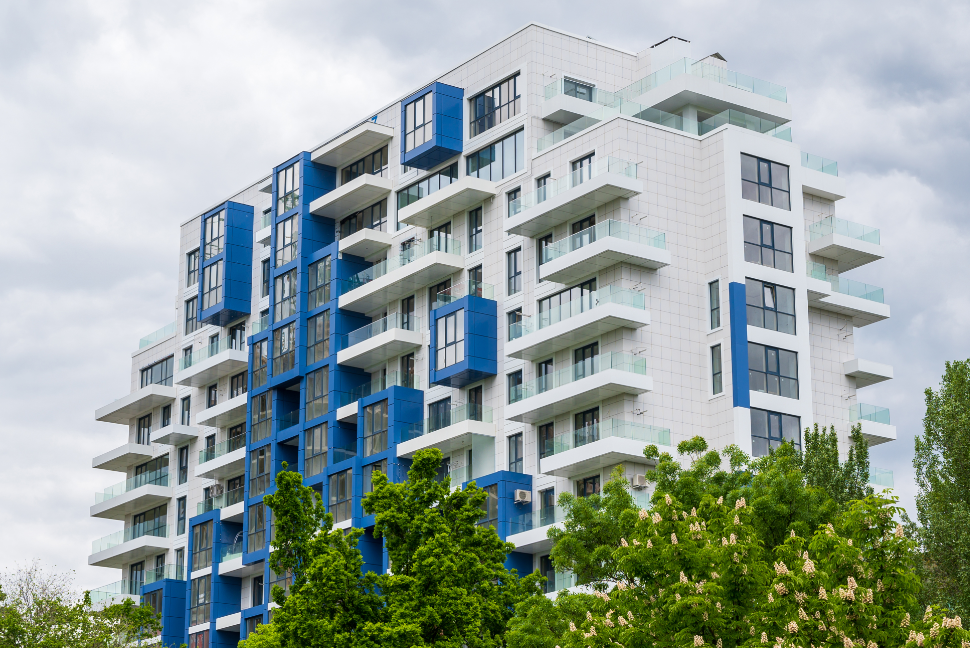
The building and construction sector is responsible for 39 percent of all carbon emissions in the world, according to a report by the World Green Building Council. The construction industry has a huge impact on the environment; on the one hand, the industry is the largest consumer of key natural resources such as sand, rock, timber, sod, and clay. On the other hand, the process of constructing a building from start to finish can lead to large amounts of carbon emissions. If you are a leader in a construction company, one of your top priorities right now should be making a shift to sustainable, eco-friendly construction strategies.
Implementing more green strategies is not only good for the environment but also essential to longevity in the industry as consumer mindsets change. If you're not sure where to start, these are some of the steps you can take to reduce your construction company's carbon footprint.
Use sustainable construction materials
Where possible, you can substitute certain construction materials with safer, more sustainable alternatives. The new wave of 'green construction' has led to the rise of new eco-friendly building materials, many of which are readily available. For example, instead of using concrete, you can use hempcrete, which is not only more sustainable but also easier to work with. You can also use eco-friendly insulation materials such as sheep's wool, wood fiber, recycled cotton, or bales of straw as opposed to traditional insulation materials that contain petrochemicals and toxic adhesives. While some of these sustainable materials could be more expensive than the traditional options, they'll end up being a worthy investment as they'll ensure that every building you construct is as eco-friendly as possible.
Establish a recycling culture
The construction industry generates 569 million tons of waste annually in the US, more than twice the amount of municipal solid waste. This waste is generated during the construction, renovation, and demolition of structures and often includes bulky, heavy materials such as wood, concrete, asphalt, metals, glass, plastic, and salvaged building components.
Instead of sending this waste to landfills, you can look into ways of recycling it for use both on-site and in other projects. For example, concrete, wood, and drywall can be crushed to create new aggregate materials for use in future projects. Demolition materials such as tiles, wooden planks, and carpets can be reused or donated instead of dumping them. Other types of waste, like plastic, metal, and cardboard can be taken to a recycling center instead of a landfill. Recycling not only reduces your carbon footprint but can also reduce the cost of future projects.
Source materials locally
Where you get your construction materials from matters a lot when it comes to the overall sustainability of a construction project. Buying materials from local suppliers as opposed to having them brought in from hundreds of miles away reduces the carbon footprint of the project. On top of that, buying local can improve efficiency in your construction projects as it ensures faster deliveries and greater control over the supply chain. It's also a great way to support area businesses and your local economy.
Watch your water usage
The construction sector uses a lot of water — a precious commodity that's growing increasingly scarce in various parts of the world. Global warming is causing serious droughts across the world and, in return, the availability of clean water continues to decrease as the cost increases.
When working on a construction project, it is up to you to find innovative ways to reduce your water use. For example, instead of using water from the public supply system, you can use treated effluent water and save thousands of gallons. You can also adopt low-water methods for cleaning your vehicles and construction equipment.
Climate change is a real threat to the world, and it is up to leaders in all sectors of the economy to work together to fight it. By introducing eco-friendly methods in your construction projects, you'll be doing your part in saving the environment which not only boosts your eco-credentials but can also save you time and money in the long run.
Written by Sally Collins
About the Author
Sally Collins is a professional freelance writer with many years of experience across many different areas. She made the move to freelancing from a stressful corporate job and loves the work-life balance it offers her. When not at work, Sally enjoys reading, hiking, spending time with her family and travelling as much as possible.
You may also like
Insights and Tips on Green Commercial Construction
Why Solar Street Lights Are Catching on For Businesses and Cities
Nearly Zero-Energy Buildings: What’s Involved?
5 Ways to Help Turn Your Business Green
